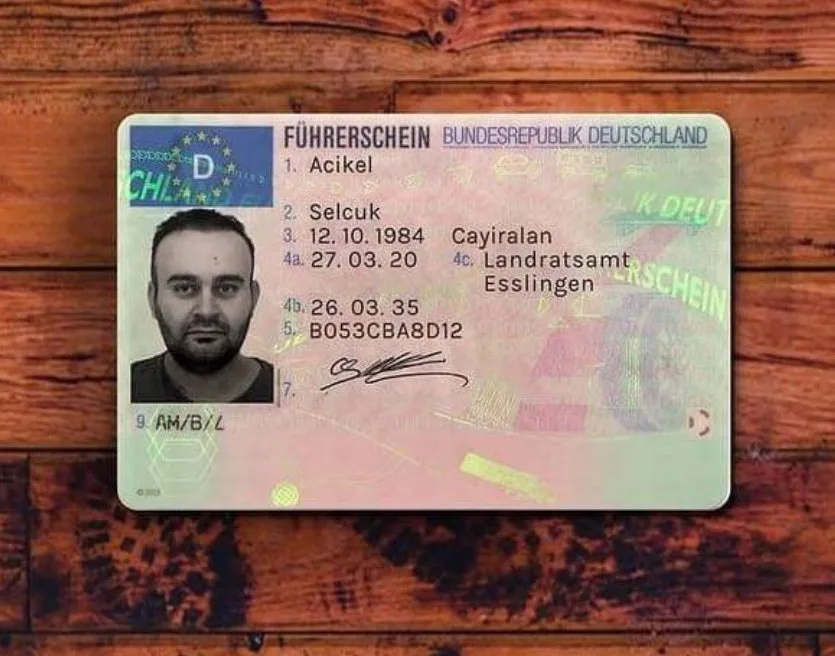Finding out to Drive Without a Test: Checking Out Alternative Paths in Driver Education
In a period where benefit and development dominate the landscape of education and skills acquisition, the traditional model of finding out to drive-- completing an extensive test to earn a driver's license-- has actually come under analysis. For many, the process of getting behind the wheel, studying hard, and passing both a composed and useful driving test can be intimidating. However, emerging trends and alternative techniques to driver education recommend that there may be methods to find out to drive without feeling the pressure of a formal testing environment.
Understanding the Traditional Model
Generally, making a driver's license requires prospective chauffeurs to go through a series of tests designed to assess understanding and useful abilities. These include:
Written Test: This examines understanding of the guidelines of the roadway, traffic signals, and safe driving practices.
Practical Driving Test: Applicants need to demonstrate their ability to operate a vehicle safely and in accordance with traffic laws.
While this design guarantees that all motorists satisfy a minimum standard of competence, it can be a source of stress for lots of students. The worry of failure, combined with the logistics and expense connected with testing, can hinder people from obtaining their license completely.
Alternative Methods of Learning to Drive
Driving School Innovations: Many driving schools have begun to use more customized education programs that allow students to discover at their own rate. These programs often consist of one-on-one guideline with accredited driving instructors who concentrate on structure confidence rather than pressing trainees to pass a test. Some modern-day driving schools even incorporate online modules where students can study the guidelines of the roadway in a more unwinded setting before stepping into the car.
Simulated Driving Experiences: Advances in technology have actually led to the production of advanced driving simulators. These can offer valuable experience without the danger of mishaps. Learners can practice their abilities in different weather, traffic scenarios, and driving situations that they might not encounter in common driving classes. This hands-on method to learning can improve a trainee's competence and self-confidence behind the wheel.
Peer-to-Peer Learning: Informal driving practice with pals or relative can likewise work as a feasible alternative to conventional techniques. While this approach does not entirely get rid of the need for formal testing, it enables people to gain convenience and experience behind the wheel without the stress and anxiety of a main examination. Friend or family can supply assistance and feedback, making the learning procedure less challenging and more supportive.

Versatile State Regulations: Some areas are beginning to reconsider their obligatory testing policies, especially for particular demographics, such as veterans or individuals with impairments. These changes show a growing acknowledgment that life experiences and driving routines might not constantly line up with standard testing standards. Advocacy for a more holistic method to assessing driving competence is ending up being a topic of discussion in many legislative circles.
Personal Certifications: In particular areas, individuals may explore alternatives that focus more on mentorship and safer driving habits rather than standard tests. führerschein schwarz kaufen through neighborhood programs or recognized companies that back experiential knowing might encourage safe driving while bypassing the basic testing path.
The Benefits and Drawbacks
While discovering to drive without an official test uses many prospective benefits-- such as decreasing stress, promoting a more inclusive environment for students, and focusing on competence over testing anxiety-- it likewise raises concerns. Critics argue that removing official evaluations might cause inconsistencies in driver preparedness, possibly jeopardizing road safety.
Furthermore, führerschein günstig kaufen serves not just as an examination of abilities, however as a standardized criteria that ensures all motorists have the necessary understanding to browse the roadways safely.
Conclusion
The landscape of driver education is evolving. As alternative techniques of learning to drive gain traction, striking a balance in between versatility and safety is paramount. While it is clear that there are opportunities for discovering to drive without the pressure of an official test, ensuring that all drivers preserve a high requirement of safety need to remain a concern. In the future, we might see more tailored methods to driver education that accommodate numerous learning designs, ultimately resulting in safer, more positive motorists on our roadways.
